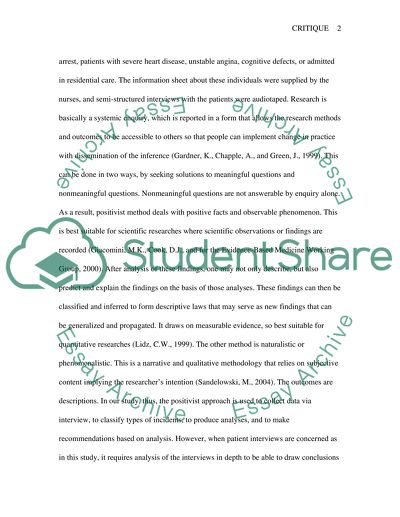Cite this document
(“A Critique of a Clinical Nursing Essay Example | Topics and Well Written Essays - 1750 words”, n.d.)
Retrieved from https://studentshare.org/nursing/1541134-a-critique-of-a-clinical-nursing
Retrieved from https://studentshare.org/nursing/1541134-a-critique-of-a-clinical-nursing
(A Critique of a Clinical Nursing Essay Example | Topics and Well Written Essays - 1750 Words)
https://studentshare.org/nursing/1541134-a-critique-of-a-clinical-nursing.
https://studentshare.org/nursing/1541134-a-critique-of-a-clinical-nursing.
“A Critique of a Clinical Nursing Essay Example | Topics and Well Written Essays - 1750 Words”, n.d. https://studentshare.org/nursing/1541134-a-critique-of-a-clinical-nursing.


